The initiatives were collected in the NextEra Tokyo – A new vision for societal progress workshop held in Tokyo in late May. Our cooperation partner in organising the workshop was The Finnish Institute in Japan; and expert speakers at the event included Aleksi Neuvonen from Demos Helsinki, Jenna Lähdemäki and Teppo Turkki from Sitra, professor and architect Riichi Miyake from Tokyo, researcher Timo Miettinen from the University of Helsinki and Daiki Kanaoka from FabCafe.
1. Intergenerational care – Aoi Care in Fujisawa
The Japanese society is ageing and birth rates are low. One in three Japanese will be 65 or older by 2050. Traditionally, the elderly have lived with the oldest son’s family, but over the last decades the trend has shifted from the traditional three-generation household to the elderly living by themselves or in retirement homes. However, many elderly people are stressed about their coping as their health deteriorates. In addition, the elderly are lonely and would like to be in closer contact with their family and relatives.
Aoi Care is located in Fujisawa 50 kilometres south of Tokyo. It is a retirement home that holds connections between generations in the centre of its operations. The founder of Aoi Care, Tadasuke Katou, previously worked in a traditional retirement home and was troubled by how the elderly mainly just laid in their beds and slept. He resigned and founded Aoi Care, where operations are based on participation and communication with the community.
Aoi Care’s female employees may take their children to work with them and there is also a childcare facility on-site. Operations between generations is usually pre-programmed, but Aoi Care has wanted to keep the possibility for free-format and creative activities. Children often come to play ball games with the elderly. The children also sell tea and other products that they have made at Aoi Care together with the elderly.
Further information: http://www.toyproject.net/2017/04/innovative-intergenerational-care-in-fujisawa-japan/
2. Kamiyama – an answer to Japan’s growing rural exodus?
Japan’s prime minister, Shinzo Abe, has emphasised that it is important to revitalise the rural areas and small cities. The stakes are high, as some predictions state that the rural exodus will eliminate half of Japan’s small cities over the next decades. Japan is ageing quickly and the population is predicted to drop from 127 million to approximately 100 million over the ensuing three decades.
To combat these challenges, the small cities of Kamiyama and Kamikatsu are setting a positive example. Many large companies, especially in the IT industry, have established branch offices in these small cities and many young adults who have grown tired of life in large cities have moved to Kamiyama and Kamikatsu seeking a more relaxed lifestyle. They have microbreweries, artist residencies and organic pizzerias. The local ageing population gather flowers and leaves to supplement the offerings at restaurants. While doing so, they try out RC aerial vehicles, i.e. drones, to locate good spots for picking flowers.
It is difficult to calculate the financial impact of the revitalisation efforts of these small cities, but young people moving to rural areas and small cities helps keep the communities alive.
“We aim to develop a model which allows the vitality of our community, even if the number of residents is cut in half”, says Shinya Ominami, chairman of the non-governmental organisation Green Valley.
The recovery of Kamiyama and Kamikatsu is an opposing trend to the global megatrend urbanisation.
Further information: http://www.japantimes.co.jp/news/2017/03/15/national/millennial-movers-revive-japanese-mountain-towns-amid-depopulation/
3. Open online courses offered by Ivy League universities democratise education
Ivy League universities include eight of the best universities in the United States and the entire world. They are Brown, Harvard, Cornell, Princeton, Dartmouth, Yale, Columbia and Pennsylvania universities. All of these are located on the East Coast in the United States and attract a lot of funding, the best researchers and students to their campuses. As could be assumed, it is really difficult to be admitted into these universities as a student.
One phenomenon that democratises education, however, has taken place over the past few years; the open online courses offered by these top universities in several disciplines. There are hundreds of open online courses and they can be reviewed here, for example. When one is sufficiently active and has enough motivation for self-learning, the same education can be obtained as attending a lecture at Harvard University, for example.
Further information: https://medium.freecodecamp.org/ivy-league-free-online-courses-a0d7ae675869
4. Unreasonable Labs
Unreasonable Labs operates a total of 26 business accelerators located everywhere from Kyrgyzstan to the United States and from Cambodia to Nigeria. Unreasonable Labs helps entrepreneurs solve some of the world’s greatest problems through their companies, such as poverty, climate change and inequality of education availability, for example. Unreasonable Labs unites entrepreneurs who could make a large impact working together. After this, entrepreneurs are joined with high-quality mentors who advise them how to develop their businesses. The hundreds of mentors include, for example, Hunter Lovins, the founder of Rocky Mountain Institute, and Tom Chi, one of the developers of the Google Glass.
The entrepreneurs become part of the global network of entrepreneurs, mentors and investors. They also obtain investor contacts. The mission of Unreasonable Labs is to offer entrepreneurs tools that they can use to create scalable solutions for some of the greatest problems of the world. The goal is that the solution of every entrepreneur that receives support will have a positive impact on the lives of a million people.
Further information: http://unreasonableinstitute.org/
5. Safecast – aggregating reliable data on environmental conditions
Safecast is a global citizen science initiative based on volunteer work. Using Safecast, people can aggregately collect, publish and access data pertaining to their living environment. Safecast was established following the 2011 tsunami which damaged the Fukushima nuclear power plant resulting in a radioactive leak accident. A group of friends founded Safecast in order to monitor, collect and share data on radiation levels.
Following the accident, citizens were very concerned about the amount of radiation, but there was no accurate or reliable data available. The radiation gauges sold in stores also quickly sold out. To address this problem, the group of friends began to design and build their own radiation gauging equipment, ‘bGeigies’, at Tokyo Hackerspace using 3D printers.
Today Safecast is a global network of volunteers who collectively participate in developing bGeigies and collecting data on radiation levels or air quality.
Further information: https://blog.safecast.org/
6. Hometown tax brings revenue to remote areas
Hometown tax is a Japanese system, where people who live in cities and other vibrant areas are able to give donations to their specified municipality or prefecture. In return, donors receive relief on their income and municipal tax returns. The system was established in 2007 as a solution to Japan’s serious problem of decreasing population and vitality in rural areas. In 2012, over 13 billion yen was donated through the hometown tax system. Despite its success, the system has also been criticised for causing regions to compete for donors by promising them valuable gifts in return, which has eroded the desired impact of the system.
Further information: http://www.japantimes.co.jp/news/2014/10/20/reference/hometown-tax-donations-system-catching/#.WV9j-RPyjfY
7. Arredondar uses shoppers’ change to better the world
Arrendondar is a Brazilian company that allows change to be donated to non-profit organisations during a transaction. Arredondar has pre-selected certain non-profits that aim to promote the fulfilment of UN Millennium Development Goals. Companies and stores that join Arredondar can specify which non-profit they want to receive the change donated by their customers. Arredondar offers companies technological solutions that allow the donation of the change and offer support for taxation and legal matters.
Further information: http://www.arredondar.org.br/
8. Nature-based solutions make European cities sustainable
Nature-based solutions are solutions to societal problems that benefit nature or are inspired by it. By bringing more nature to cities or imitating functions found in nature, several different types of ecological, social and economic benefits can be attained: nature-based solutions can limit climate change and improve cities’ ability to adapt to it, improve the integrity and diversity of urban ecosystems, improve water and air quality, support the health and quality of life of urban residents, create new jobs and improve city appeal. Examples of nature-based solutions in cities include green roofs and walls which improve air quality, resulting in improved health of urban residents, or building parks, as the plants bind carbon dioxide and absorb water when climate change causes more storms and floods.
Seventy per cent of people in the European Union live in urban areas and the share is increasing. Therefore, EU research and innovation programme Horizon 2020 funds research projects that aim to create new nature-based solutions. The Think Nature platform is in the process of being established with the funding. It covers all of Europe and allows the best nature-based solutions to be shared and developed together. The EU wishes to be a global trend setter as a user of nature-based solutions.
9. Parklets increase urban well-being by utilising existing space and norms innovatively
Parklets are an example of a method where existing space has been used innovatively and norms applied creatively. Parklets are usually wooden platforms that are built along streets on top of parking spaces or in urban areas that are under-utilised. Parklets have been used for many different purposes, such as terraces, green areas or bicycle parking.
Parklets are a solution for areas with streets dominated by cars, narrow sidewalks and few areas for relaxation such as parks. Parklets increase the city areas for relaxation in an otherwise dense urban environment, allow interaction between neighbours, support non-motorised transport, improve pedestrian safety and support the businesses of street vendors.
San Francisco is thought to be origin of parklets, where the From Pavement to Parklets programme tries different methods to utilise parklets and evaluates their impact. Several restaurants and bars in Helsinki have also utilised parklets to expand their terrace areas.
Further information: http://pavementtoparks.org/parklets/
10. Kodomo Shokudo – combatting child poverty
Japan, one of the world’s richest countries, has more than 3.5 million children that live in poverty. This figure is a result of OECD’s definition of relative poverty, which means that the household income is half or less of the national median income. The stagnation lasting two decades is apparent.
As a response to child poverty, the Kodomo Shokudo model has spread across Japan. At Kodomo Shokudos children are able to get a warm meal made from scratch usually for free or at very affordable prices and socialise with adults. These “children’s cafés” are operated by non-governmental organisations and neighbourhoods. Locally active people prepare the food either independently or in cooperation with the companies in the nearby area. Usually, one location serves approximately 20-30 meals during an evening.
There are over 300 Kodomo Shokudos across Japan. Some serve meals weekly, others monthly. In addition to food, Kodomo Shokudos offer fun activities and a place to relax for children. In many locations children can play table tennis or other similar games. In addition, the programme is used to offer activities to retirees. They prepare food and spend time with the children and their parents.
Further information:
- https://www.theguardian.com/world/2017/jan/17/japans-rising-child-poverty-exposes-truth-behind-two-decades-of-economic-decline
- http://www.asahi.com/ajw/articles/AJ201607200014.html
- Project to Provide Children with a Warm Meal and Place to VisitKodomo-Shokudo
- http://www.japantimes.co.jp/news/2016/12/13/national/social-issues/japans-health-ministry-mulls-dietary-education-kodomo-shokudo-cafeterias/
See also
- Top 10 initiatives in the fields of work and income
- Ten interesting initiatives in democracy and participation
Sitra and Demos Helsinki have together launched the Next Era to create a vision aimed at reforming the Nordic model and establishing the next era of well-being. With the Next Era, we want to create a common understanding of the change taking place in the world and of sustainable well-being, in which Nordic values – the widespread participation of people, a high level of trust and fairness – are valued and promoted.
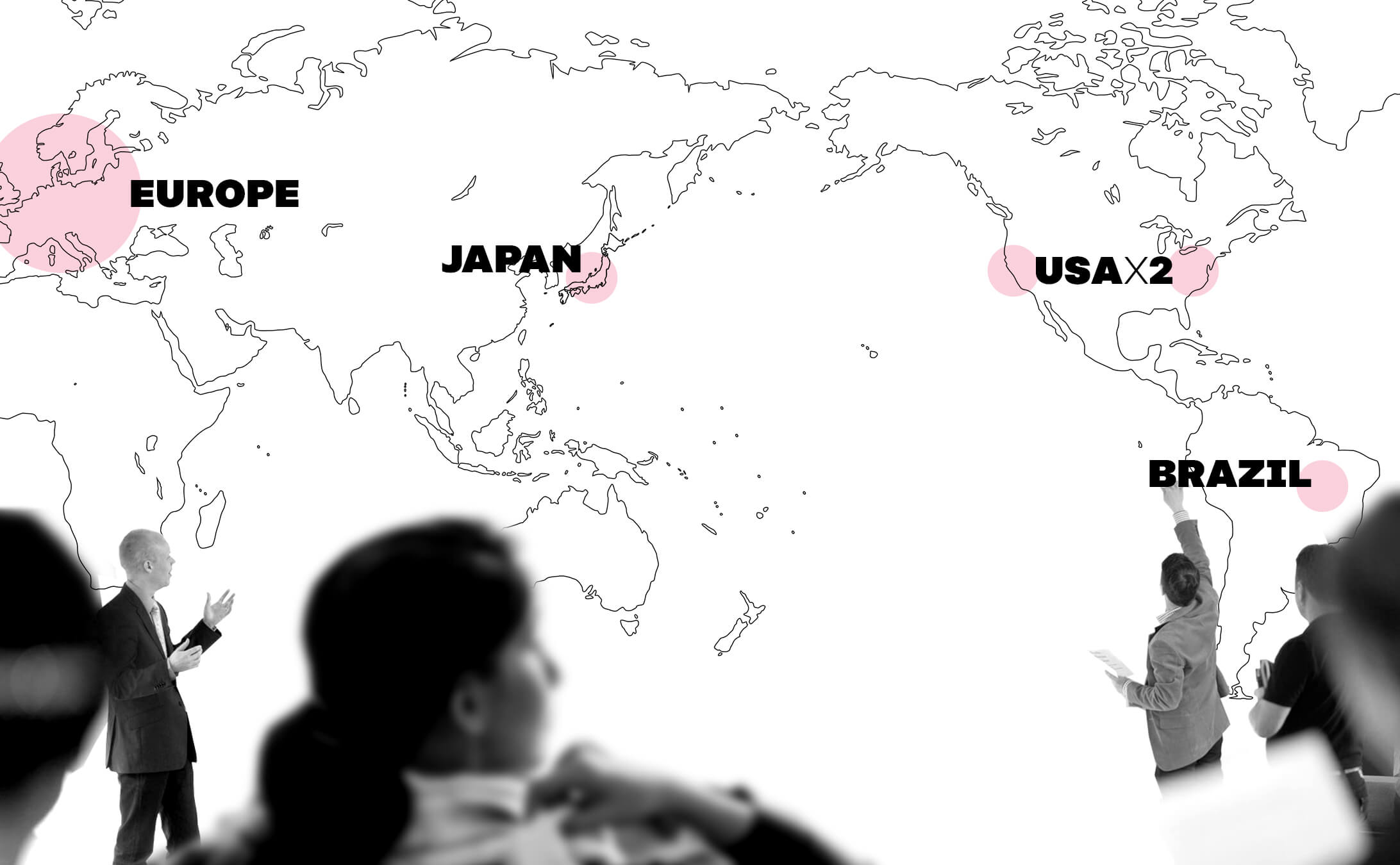
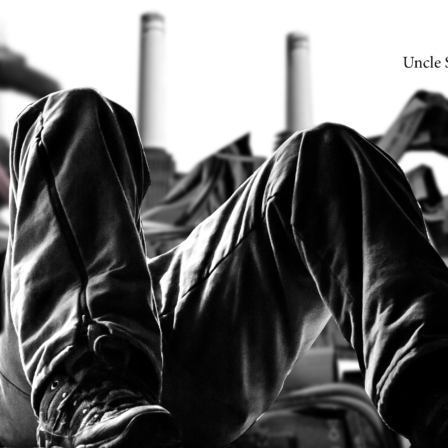
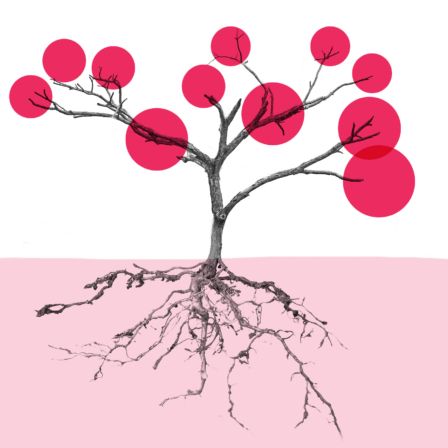
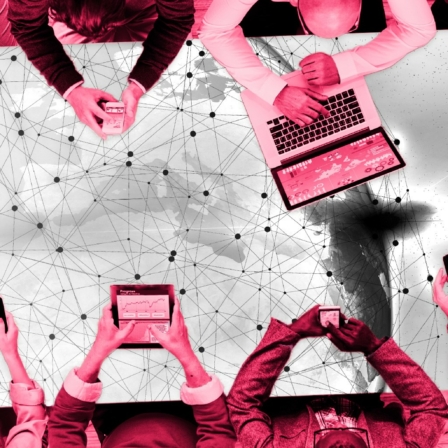

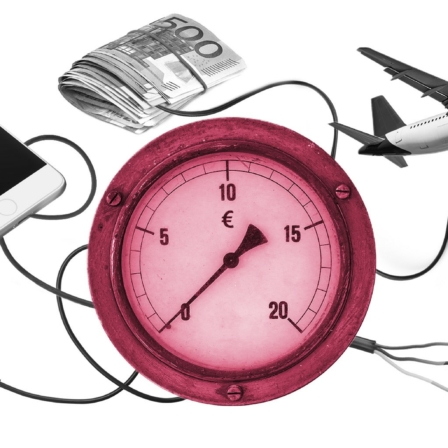



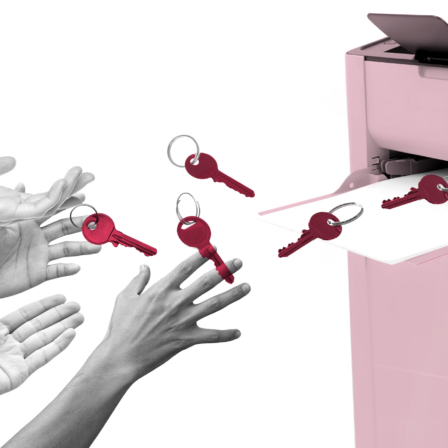



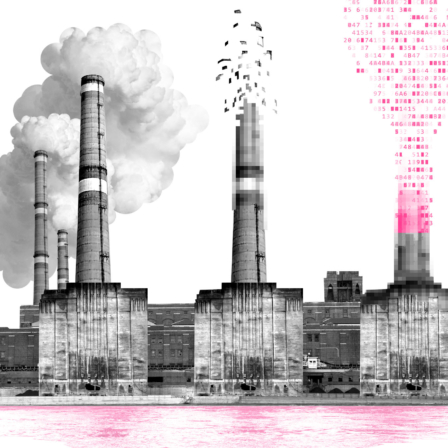
Recommended
Share these too.